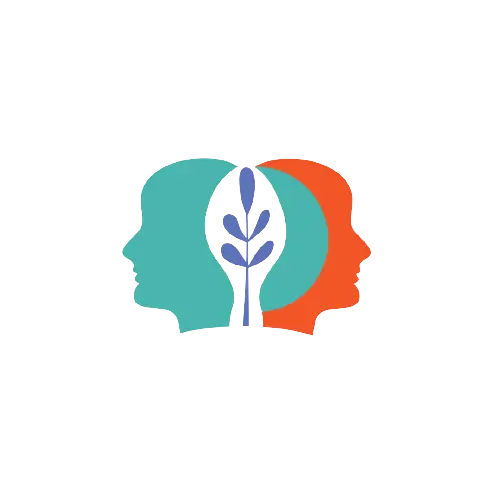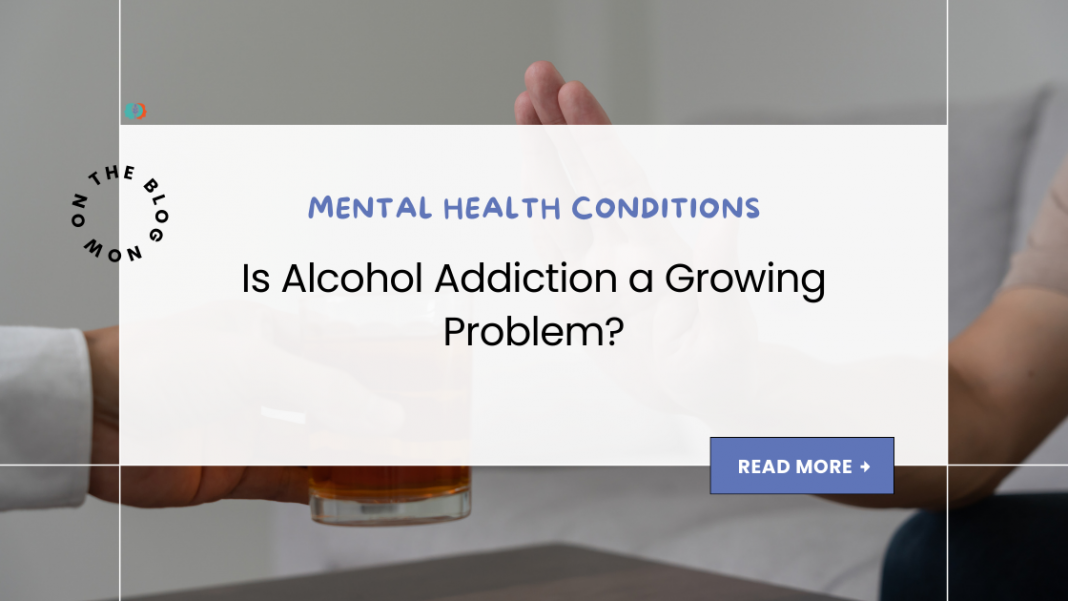Alcohol addiction, often referred to as alcoholism, is a profound and all-encompassing condition that not only impacts the individual but also ripples out to families and communities. It’s marked by a dependency on alcohol that consumes one’s life, affecting physical health, mental well-being, and social relationships. Grasping the full spectrum of this disorder is crucial for effective intervention and sustainable recovery.
Symptoms
The journey into alcohol addiction typically starts with increased tolerance and a gradual intensification of drinking habits. Key indicators include:
- Compulsive Drinking: An overpowering urge to drink and difficulty in controlling consumption.
- Withdrawal Symptoms: Physical distress such as tremors, headaches, and nausea when not consuming alcohol.
- Neglect of Activities: A noticeable abandonment of hobbies, work, or social commitments due to drinking.
- Continued Use Despite Consequences: Persisting in heavy drinking even when aware of its damaging impact on health, work, and relationships.
Early detection of these signs can be a lifeline, prompting the start of treatment before the addiction causes irreversible damage.
Types
While the term ‘alcohol addiction’ might paint a singular picture, it actually encompasses various patterns of alcohol abuse:
- Binge Drinking: Defined as drinking that brings blood alcohol concentration (BAC) levels to 0.08 g/dL, typically occurring after 4 drinks for women and 5 for men in about 2 hours.
- Heavy Alcohol Use: Ingesting more than four (for women) or five (for men) alcoholic beverages on a single occasion on five or more days in a 30-day period.
- Alcohol Dependence: A chronic state where the individual’s body requires alcohol to function and exhibits withdrawal symptoms upon cessation.
Understanding the type of alcohol addiction is vital in tailoring the right treatment approach.
Causes
Alcohol addiction does not stem from a single cause but is a result of a complex interplay of various factors:
- Genetic Vulnerability: A strong hereditary component, with individuals having a family history of addiction being at a higher risk.
- Psychosocial Stress: Life stressors and traumas can lead to increased alcohol consumption as a coping mechanism.
- Environmental Pressures: Peer groups, cultural contexts, and availability of alcohol influence drinking behaviors.
- Neurological Factors: Altered neurotransmitter levels in the brain from prolonged alcohol use perpetuate addiction cycles.
The multifaceted nature of these causes necessitates a diverse range of interventions for treatment.
Diagnosis and Testing
Identifying alcohol addiction involves several steps:
- Detailed Medical Interview: Doctors often start with a comprehensive history of alcohol use, lifestyle factors, and symptoms.
- Physical Examination: Identifying physical signs of chronic alcohol use, such as liver problems or alcohol withdrawal.
- Standardized Screening Tests: Tools like the AUDIT (Alcohol Use Disorders Identification Test) provide a structured approach to diagnosing alcohol misuse.
Treatment
The road to recovery from alcohol addiction is multifaceted, involving:
- Detoxification: Safely managing withdrawal under medical supervision, often requiring hospitalization.
- Rehabilitation Programs: Both inpatient and outpatient programs provide structured treatment environments.
- Therapeutic Interventions: Counseling, including cognitive-behavioral therapy, to address the underlying psychological factors contributing to addiction.
- Pharmacotherapy: Medications that reduce cravings (such as naltrexone) or create aversion to alcohol (like disulfiram).
A comprehensive treatment plan often includes a combination of these approaches for best results.
Small Tips for Coping
On the path to recovery, small steps can make a significant difference:
- Mindfulness and Relaxation: Techniques such as meditation and yoga can help manage stress without resorting to alcohol.
- Community Support: Engage with groups such as Alcoholics Anonymous for a supportive network.
- Set Personal Goals: Working towards short-term objectives can provide a sense of achievement and motivation.
- Lifestyle Adjustments: A healthy diet and regular physical exercise can enhance mood and reduce the urge to drink.
Embracing these tips can bolster resilience and help maintain sobriety in the long term.



